Hawaii, known for its lush green lands, active volcanoes, and dramatic coastlines, is still among the most famous and popular tourist destinations in the world. Among the top visitors, most come to see the beauty of the island through helicopter tours.
However, their crashes have become very notorious in Hawaii because of the regularity with which they occur and the often tragic nature of the crash. On average, every year, you get to hear of at least 2-3 crashes of a helicopter in Hawaii, especially in Kauai.
When analyzing helicopter crash occurrences in Hawaii, you should keep in mind that we cannot pinpoint just one factor. This analysis requires a multidimensional approach to solutions in which weather conditions, tourism growth, pilot training, regulations, and difficult terrain all come into play.
Let’s dive deeper into some of the reasons why are there so many helicopter crashes in Hawaii and how things can be improved upon when it comes to safety.
Reasons For Helicopter Crashes
When we think of crashes, mechanical reasons or weather-related reasons are some of the most common reasons that come to mind. While these are true with helicopter crashes in Hawaii, there are other factors as well that contribute to these crashes.
1. Challenging Weather Conditions
Hawaii is characterized by weather patterns that are generally unpredictable and can shift at any moment. Visibility can be severely impacted, and in mountainous areas, the wind direction can significantly change in short periods.
High humidity, fast-forming clouds, microclimates—and indeed places with climates distinctly different from those around them—are all serious concerns for helicopter pilots.
For example, it is not unusual for these conditions to improve within a minute or so; indeed, the scenic view that draws travelers to helicopter tours can be obscured by fog or rain.
Hawaii’s climate also experiences strong trade winds, yet another overpowering weather factor. These winds can funnel between mountains and valleys, producing shear areas that can make helicopters rather hazardous to fly.
Furthermore, gusts on the windward coasts of Hawaii will sometimes surge upward sharply without warning, which can catch pilots off guard and have disastrous consequences.
To catch these weather changes, Hawaii does not have the best weather cameras and other weather-detecting types of equipment in Hawaii.
While the Federal Aviation Administration (FAA) has been installing cameras all over the island, some under-exposed areas are still not covered by these cameras.
For instance, Kauai has only two weather cameras, and there are barely any cameras in the northwest part of the area where the severe crash of 2019 took place.
2. High Demand for Helicopter Tours
Several months back, on July 11, 2024, a crash occurred near Hanakoa Valley on Kauai’s North Shore, where one person died, and two others are missing, the Kauai Police Department said in a news-press.
The natural beauty and unique landscapes of Hawaii make it one of the top reasons people go on helicopter tours. Even those interested in seeing Hawaii’s volcanoes, waterfalls, beaches, and mountains from a different angle prefer viewing such attractions by helicopter.
Therefore, Hawaii experiences a huge number of helicopter flights, particularly on Kauai, Maui, and the Big Island, where the views are panoramic.
High demand on tour operators compels them to fly even under less-than-ideal conditions because, at some point, business is everything!
Additionally, at times, pilots are compelled to follow a particular route and altitudes as dictated by tourism regulations in an area, which ultimately forces them to restrict some of their flying capabilities during sudden weather changes.
Ultimately, what happens in the end is that this demand and pressure may often lead to compromised safety practices.
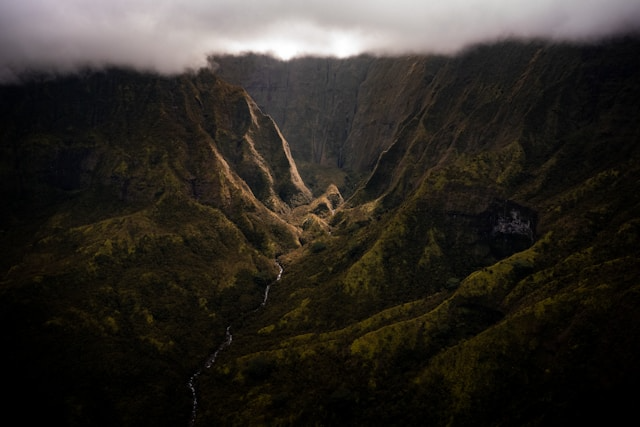
3. Difficult Terrain and Remote Locations
The next challenge that led to Hawaii helicopter crashes was the challenge of helicopter pilots in Hawaii’s unique terrain and the island’s remoteness.
Flying over landscapes of volcanoes, sheer cliffs, and dense forests makes flying dangerous. Narrow valleys and rugged mountains make navigation through these escarpments harder.
Many scenic spots are also reached through remote areas; if a helicopter crashes, rescuers will have a difficult time reaching the crash location quickly, and survival possibilities may remain low for those involved.
For example, Kauai’s Na Pali Coast, as much known for its majesty and remoteness, is also known for getting the wits of even the most experienced pilots due to terrain-induced turbulence. Weather changes also happen within minutes, making it more difficult for the pilot to fly on these terrains.
The narrow valleys, high cliffs, and the unavailability of emergency landing sites within such regions make navigation dangerous and add to the peril in case of a sudden mechanical failure or an unexpected change in weather.
4. Pilot Experience and Training
This brings us to the next most important point—pilot experience and training. As we discussed in the previous point, even the experienced pilot sweats when flying over the Hawaiian islands.
Hawaii’s tour helicopter pilots are generally experienced. However, the unique challenges of flying in Hawaii require specialized training that may be insufficient.
For a state with this combination of environmental and operational challenges, even a seasoned pilot may not be appropriately prepared for the mix of weather, terrain, and air traffic control protocols found here.
Seeing the weather conditions of the island, I personally feel that not every tour pilot has experience with bad weather conditions or is qualified to fly under instrument meteorological conditions.
Instrument Meteorological Conditions (IMC) demands that a pilot flies using weather instruments as cues for bad climate rather than visual perception.
In most cases, using IMC minimizes the chance of a fatal crash by providing better feedback regarding the weather, particularly during unexpected changes in climate conditions.
Again, the infamous helicopter crash of 2019 in Kailua can be taken as an example because one of the reasons for the crash was a lack of knowledge of weather cues.
The pilot of the helicopter was traveling at a much higher-than-average speed when the chopper encountered a sudden storm, and he lost control of the helicopter. If the pilot had been better trained to watch out for bad weather signs, the situation would probably have been avoided.
While the FAA sets some qualifications for pilots, many feel these are not enough to meet Hawaii’s demands. Calls have been made to say that the programs in the Hawaii Air Tour Industry, through which pilots are trained, should be more specific to Hawaii’s conditions so that pilots prepare themselves for microclimate changes.
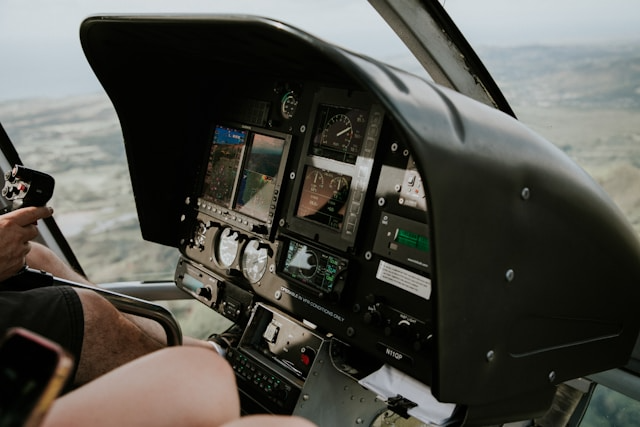
5. Mechanical Failures and Aging Fleet Issues
The helicopter tour companies in Hawaii mostly use older aircraft that still lack the advanced safety features installed in newer models.
Maintaining and upgrading the helicopters is very expensive, so some companies tend to ignore upgrading the older equipment, especially due to severe competition, where prices are bound to be low for tourists. Relying on these old helicopters raises the chances of mechanical failure.
Additionally, helicopters are far more complex and have significantly more possible points of failure compared to fixed-wing aircraft.
The frequent flight needs put incredible strain on the helicopters, meaning that they have to have checks constantly for them to be considered safe to fly.
According to the average time consumed, it could even take up to 50 hours. The main reason is that an accident can bring down a company for an extended period of time if proper maintenance is not provided.
If an organization bypasses the maintenance practices or fails to carry out a proper check-up before flying, then the probability of mechanical failure while airborne is exponentially increased.
One such example is the incident in 2018 in Honolulu when the helicopter crashed due to improper lubrication of the engine.
6. Regulatory Oversight and Safety Standards
In Hawaii, the Federal Aviation Administration (FAA) regulates helicopter tours, but in many eyes, this regulation lacks depth in addressing specific conditions in Hawaii.
For example, it does not require the added training by the pilots in Hawaii and requires no newer technology in weather prediction or real-time monitoring of flight paths in high-risk zones.
In reaction to this large number of crashes, the National Transportation Safety Board (NTSB) has recommended additional stricter regulations and urged the FAA to create state-specific safety protocols.
Such requirements have been proposed in regulations like requesting that all tour helicopters be fitted with flight data recorders and crash-resistant fuel systems and better enforcement of low-altitude limits.
However, the FAA gradually implemented these recommendations, and critics argue that these changes lagged behind the rapid growth of the tourism business in Hawaii.
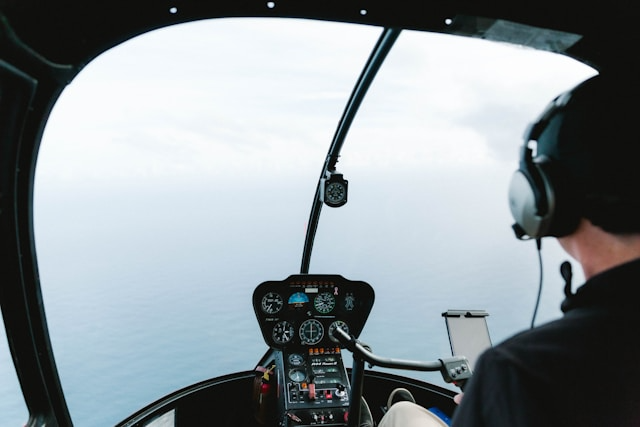
7. Human Error and Operational Pressure
Human errors are part of aviation incidents worldwide, and Hawaii is no exception. Inexperienced pilots may face difficult pressures from both the demands of their job and tourists wishing to have an extravagant experience.
Most of the aviation accidents are caused by human error. According to the FAA, it accounts for about 50 to 80 percent of aviation accidents. Tops on that list are, of course, the pilots themselves – violations, skill-based errors, and decision-making problems.
In the tragic helicopter accident in 2019, it has been reported that the pilot wasn’t drunk, nor was there any mechanical damage to the helicopter as well. Thus, some pinpoint the pilot’s lack of judgment as the leading cause.
Decisions made in such circumstances can sometimes be unsafe. Sometimes, the quest to provide memorable experiences means that pilots take risks by flying near scenic views or even less-than-perfect weather conditions.
Moreover, competition factors compel tour operators to provide helicopter rides at very low rates, which may prove to be a “race to the bottom.”
Some tour operators will tend to compromise their safety to increase profits and put their pilots under congested schedules and workloads. This operational stress may lead to fatigue and poor judgment, causing an accident.
8. Limited Emergency Response Infrastructure
The geographic isolation of Hawaii gives access to some sites that are difficult to achieve for emergency response teams.
In remote or rugged terrains, it can take hours or days to reach a helicopter crash site, depending on its location and the weather. This reduces the possibility of survival for the crash victims and prolongs the rescue effort.
For example, crashes on the mountainous terrain of Hawaii or on remote coastlines may require specialized rescue teams and even helicopters or boats to access the location.
The need for other helicopters to provide rescue only compounds the logistics burden placed upon the emergency response teams in Hawaii.
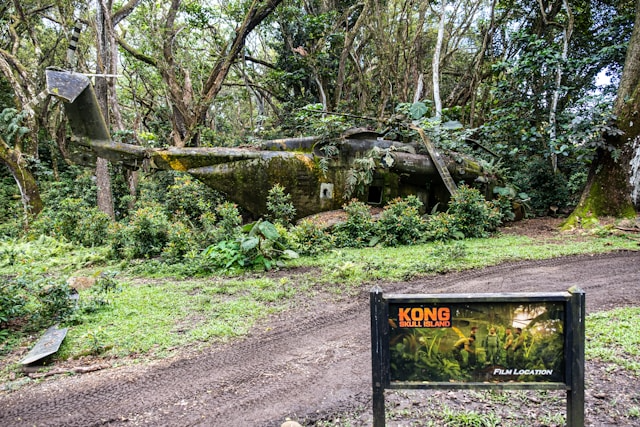
Major Hawaii Helicopter Crashes
While there have been many air crashes that have taken place in Hawaii, some have been recorded as the most fatal ones, leaving multiple deaths. The major helicopter crashes are as follows:
- July 2000 – 7 deaths – in Maui
- June 2003 – 4 deaths – in Volcano Town
- July 2003 – 5 deaths – in Kauai
- November 2011 – 5 deaths – in Pukoo
- December 2019 – 7 deaths – in Kauai
- April 2019 – 3 deaths – in Kailua
- July 2024 – 1 death, 2 missing – in Kauai
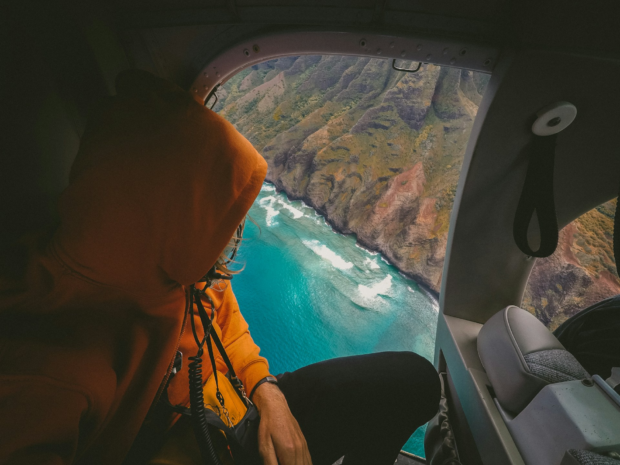
Addressing the Issue: Potential Solutions
Improvements in helicopter safety in Hawaii are still ongoing, with some being implemented at a gradual level, such as better technology, stricter regulations, enhanced pilot training, and better emergency response planning to overcome these challenges. Some we’ve also pointed out are:
More Training for Pilots: Hawaii-specific requirements on training in terms of local microclimates, difficult terrain, and weather changes would prepare pilots more intensively for the flying conditions they are exposed to.
Upgrading the helicopter fleets: The helicopter operators should invest in newer models fitted with better safety features, such as crash-resistant fuel systems, better navigation, and flight data recorders. This would be expensive, but generally, the new helicopters will become safer.
Stricter Regulation and Enforcement: The FAA could consider Hawaii-specific regulations that mandate safety features and enforce stricter standards for flight conditions. For instance, helicopters could be required to avoid flights under certain weather conditions or in high-risk areas.
Improved Emergency Response Infrastructure: Enhanced emergency response in Hawaii, particularly in the more isolated areas, would help hasten response time, which improves the survivability rates of victims involved in crashes. A well-coordinated system of response and investment in increased rescue aircraft would greatly help in this regard.
Increased Focus on Safety Culture: In this, increased attention to safety culture in the helicopter tour industry would help toward passengers’ safety, rather than from competitive pressures in the tourism business. This change in culture would most likely also involve safety-conscious training programs and awareness measures to ensure that pilots and operators put emphasis on safety above all.
FAQs
Are helicopter tours in Hawaii safe?
While Hawaii has one of the highest volumes of helicopter tours worldwide, the vast majority of flights operate safely. The state has implemented strict regulations, and tour companies generally adhere to rigorous safety standards. However, Hawaii’s challenging flying conditions do mean there is a higher risk than in many other areas.
What are the common causes of helicopter crashes in Hawaii?
Common factors in crashes include poor visibility, pilot error, mechanical failures, and challenging weather conditions. Because of Hawaii’s mountainous terrain, even small mistakes or technical issues can lead to serious incidents if the helicopter is close to the ground or a mountainside.
What can tourists do to ensure they choose a safe helicopter tour?
Tourists should research and select reputable companies with a strong safety record. They should look for operators that use newer, well-maintained aircraft and prioritize companies that employ experienced pilots. Asking about the company’s safety protocols and any relevant certifications is also a good practice. If you want a safe experience, we offer some of the best and safest helicopter tours around the island.
Conclusion
Hawaii is a paradise for many, and to explore this paradise, the helicopter is one of the best ways to travel around the island and take in the island’s beauty. However, helicopter crashes in Hawaii have become a serious concern. While scenic tours offer an incredible way to experience the islands’ beauty, they also come with inherent risks that are often amplified by Hawaii’s unique conditions.
While practices and aviation safety are being carried out to improve the movement of these flying machines in the air, the weather in Hawaii is something that no one can control. However, with all the safe practices, Hawaii can hopefully reduce the number of tragic helicopter crashes and ensure that the islands remain a safe destination for visitors from around the world.
